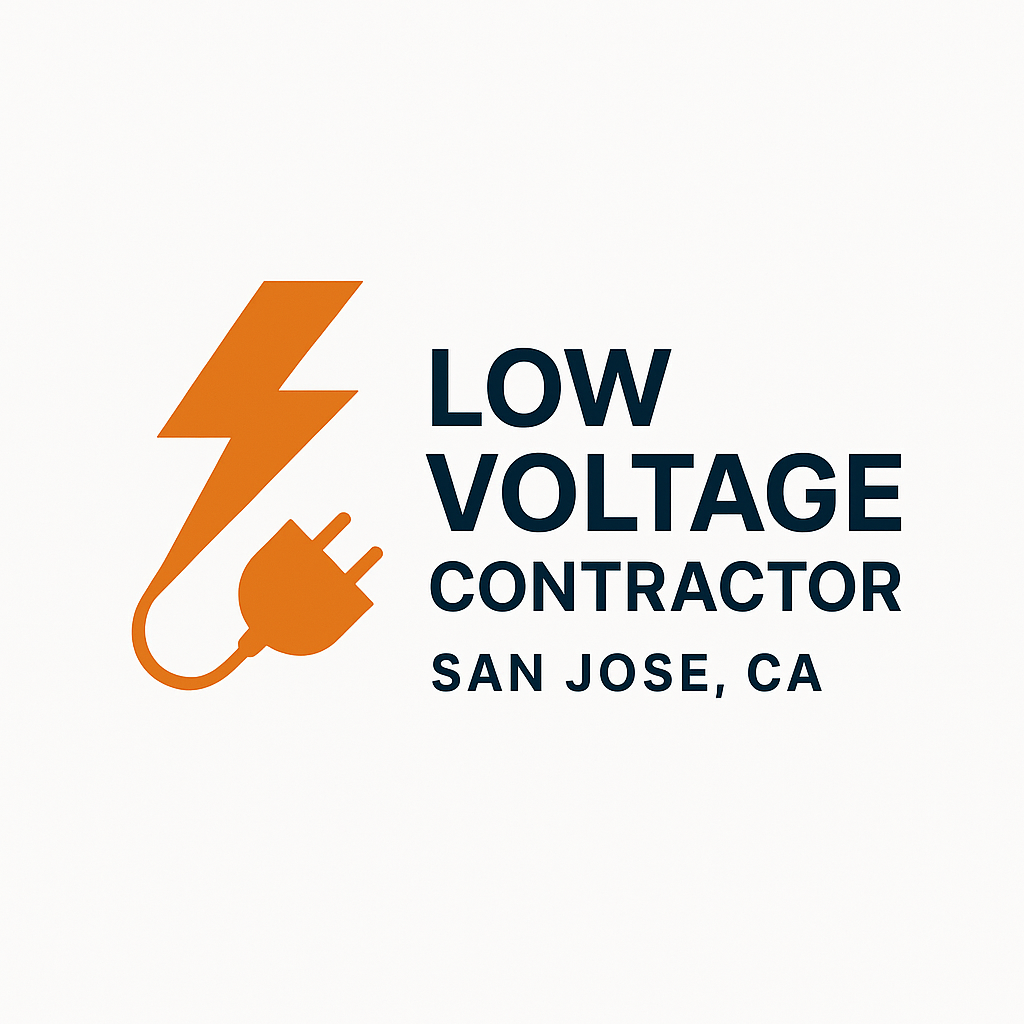Why San Jose Tech Companies Are Upgrading Their Low Voltage Infrastructure
Low Voltage Contractor in San Jose, the capital of Silicon Valley, is home to some of the world’s most innovative startups and global enterprises. From cloud computing firms in North San Jose’s tech parks to AI-driven ventures downtown, businesses are rethinking their low voltage infrastructure. These upgrades aren’t just about faster internet—they touch every part of operations, from security systems and IoT devices to compliance with NEC and California codes.
This article explains why San Jose’s tech community is prioritizing low voltage modernization, what it means for safety and scalability, and how it impacts property owners and facility managers.
The Role of Low Voltage Infrastructure in San Jose Tech
What Is Low Voltage Infrastructure?
Low voltage infrastructure refers to wiring and systems operating at 50 volts or less (per NEC practical use), including:
- Structured cabling (Ethernet, fiber)
- Security systems (CCTV, access control)
- AV and video conferencing setups
- IoT devices and building automation
Why It Matters for Tech Companies
San Jose startups and enterprises depend on:
- High-speed connectivity for remote work and hybrid teams
- Reliable security systems for data centers and office spaces
- Scalable wiring to support fast growth without constant rewiring
Why San Jose Tech Companies Are Upgrading Now
Growing Bandwidth Demands
Hybrid work and AI-powered applications require massive bandwidth. Outdated Cat5 cabling or poorly installed wiring slows down collaboration and product development.
Compliance with NEC and California Electrical Code
- NEC Article 725 (low-voltage circuits) and Chapter 8 (communications) apply directly to office cabling, CCTV, and AV systems.
- San Jose’s Building Division enforces additional compliance measures, especially in large tech campuses.
Cybersecurity & Physical Security Concerns
- Modern access control and surveillance systems rely on robust low voltage wiring.
- Weak cabling infrastructure increases risk of outages and breaches.
Sustainability & Energy Efficiency
- Many companies are pursuing green certifications like LEED.
- Low voltage LED lighting and smart HVAC systems reduce long-term energy costs.
Key Areas of Investment in San Jose
Structured Cabling Upgrades
- Moving from Cat5e to Cat6a/Cat7 or fiber optic for higher speeds.
- Ensures readiness for 5G integration and IoT networks.
Security & Surveillance Systems
- Advanced IP cameras, AI-enabled monitoring, and badge access systems require dependable wiring.
- NEC compliance ensures these are safe and scalable.
Smart Building Technology
- Startups in Downtown San Jose and Santana Row are adopting smart conference rooms, occupancy sensors, and automation.
- All depend on properly designed low voltage backbones.
Common Mistakes Tech Companies Make
Treating Low Voltage as “Secondary”
Some property managers still assume low voltage wiring is “just IT,” but poor cabling design causes daily workflow disruptions.
Overlooking Local Code Requirements
- San Jose inspectors enforce CEC amendments beyond NEC minimums.
- Noncompliance can stall move-ins or expansions.
DIY or Patchwork Installations
Startups sometimes hire general handymen instead of licensed low voltage contractors, leading to costly rewiring later.
How to Upgrade Low Voltage Infrastructure in San Jose
Step 1: Assess Current Infrastructure
- Run cable certification tests
- Identify bandwidth bottlenecks
Step 2: Plan for Scalability
- Factor in future growth (additional employees, IoT devices)
- Choose cabling that exceeds today’s minimum requirements
Step 3: Hire Licensed Contractors
- NEC and CEC compliance requires professional installation
- Ensures smoother inspections and avoids insurance issues
Conclusion & Key Takeaways
San Jose’s tech ecosystem is fueled by speed, security, and innovation. Outdated low voltage systems simply can’t keep up with the demands of AI, remote collaboration, and IoT-driven workspaces.
For startups in Downtown San Jose or enterprises in North San Jose tech parks, upgrading low voltage infrastructure means:
- Faster and more reliable connectivity
- Stronger security and compliance
- Scalable systems ready for future growth
The bottom line: Investing in low voltage upgrades today positions San Jose companies for long-term success in the world’s most competitive tech hub.
